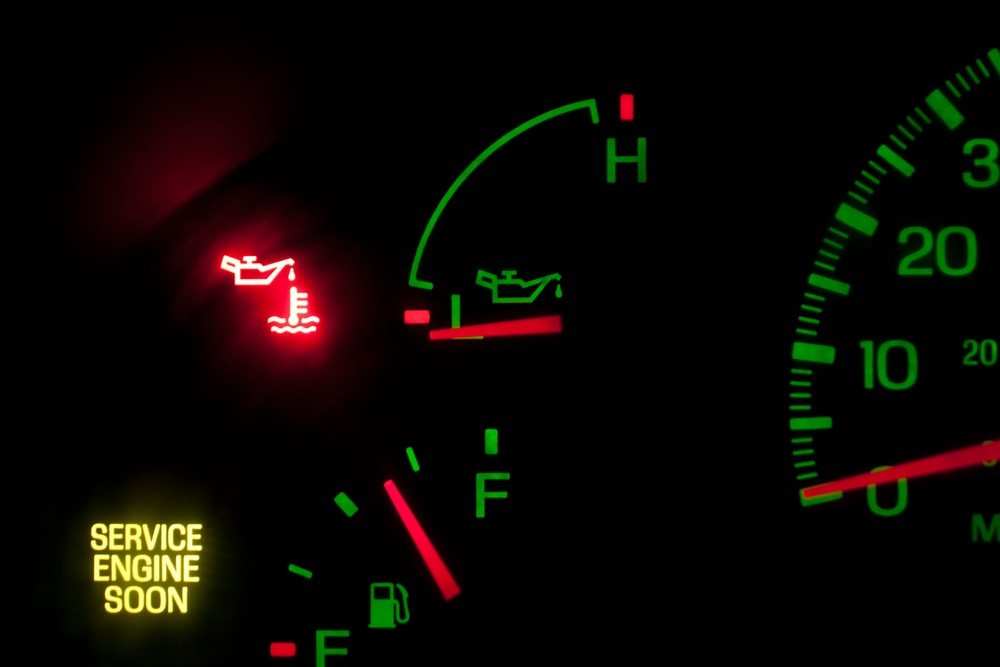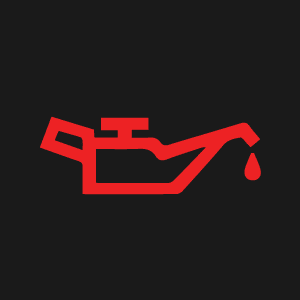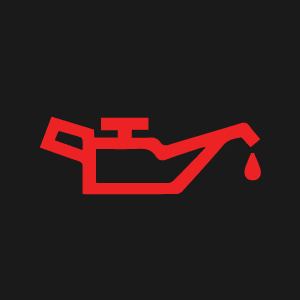Driving with your oil light on is not safe and can cause severe damage to your engine. Ignoring this warning light can lead to problems such as engine failure, damage to vital components like the cylinders and camshafts, decreased fuel efficiency, heightened emissions, and compromised safety.

Credit: www.yourmechanic.com

Credit: www.linkedin.com
Engine Oil Light on Car
The engine oil light on a car’s dashboard is an important indicator of the vehicle’s oil status. It can signify one of two things: either the engine is running low on oil, or there is a problem with the oil pressure system. Here’s a brief overview:
-
Low Oil Pressure: This could mean that the oil is not circulating properly through the engine due to low oil levels, a faulty oil pump, or a blockage in the system. Low oil pressure can lead to insufficient lubrication of the engine’s components, which can cause significant damage.
-
Insufficient Oil Level: If the oil level is too low, the engine may not have enough lubricant to operate safely. This can also trigger the oil light. It’s crucial to check the oil level and top it up if necessary.
If the oil light comes on, it’s advisable to stop the vehicle and turn off the engine as soon as it’s safe to do so. Continuing to drive with the oil light on could result in serious engine damage. It’s best to inspect the oil level and pressure and address any issues immediately. Remember, regular maintenance and checking your oil levels can prevent such warnings and keep your engine running smoothly.
Is It Safe to Drive with the Oil Light On?
No, it is not safe to drive with the oil light on. The oil light is a critical warning sign indicating that there could be a serious issue with your vehicle’s oil pressure or oil level. Here are the reasons why you should not drive with the oil light on:
-
Low Oil Pressure: This means the oil pump isn’t circulating enough oil, or the oil level is too low for the system to circulate. Driving with low oil pressure can cause severe damage to the engine.
-
Insufficient Oil Level: If the oil level is low, the engine may not have enough lubricant to operate safely, which can lead to engine failure.
-
Potential Engine Damage: Continuing to drive with the oil light on can ruin the vehicle’s engine, leading to costly repairs or a complete engine breakdown.
If the oil light illuminates while you’re driving, you should immediately pull over and turn off the vehicle. Check the oil level with the dipstick, and if necessary, add oil or call for professional assistance. It’s crucial to address this issue promptly to avoid any risk of accidents or engine damage. Remember, regular maintenance and checking your oil levels can prevent such warnings and keep your engine running smoothly.
Why Does the Oil Light Come On?
The oil light typically indicates low oil pressure rather than low oil level. This means that something is interfering with the engine’s lubrication process, which can lead to serious issues if not addressed promptly.
How Long Can You Drive With the Oil Light On?
It’s crucial not to drive your vehicle with the oil light on for an extended period. Continuing to drive with this warning light illuminated can result in significant engine damage, as the engine may not be receiving proper lubrication.
What to Do When the Oil Light Comes On
When you see the oil light come on, it’s essential to take immediate action. Here are some steps you can follow:
- Stop your vehicle in a safe location as soon as possible.
- Check the oil level in your engine. If it’s low, top it up with the recommended oil.
- Do not drive the vehicle until the issue has been diagnosed and resolved by a professional mechanic.
- Seek assistance from a local service center to address the low oil pressure warning.
Consequences of Driving With the Oil Light On
Driving with the oil light on can have severe consequences, including:
- Engine failure
- Damaged engine components
- Reduced fuel efficiency
- Increased emissions
- Compromised safety
Conclusion
In conclusion, it is not safe to drive a car with the oil light on. Ignoring this warning can lead to costly repairs and potential safety hazards. Always address the issue promptly and seek professional help to avoid further damage to your vehicle.


